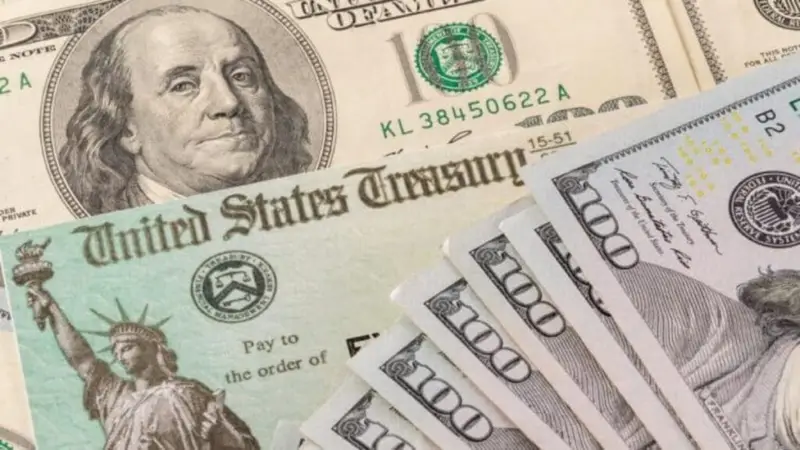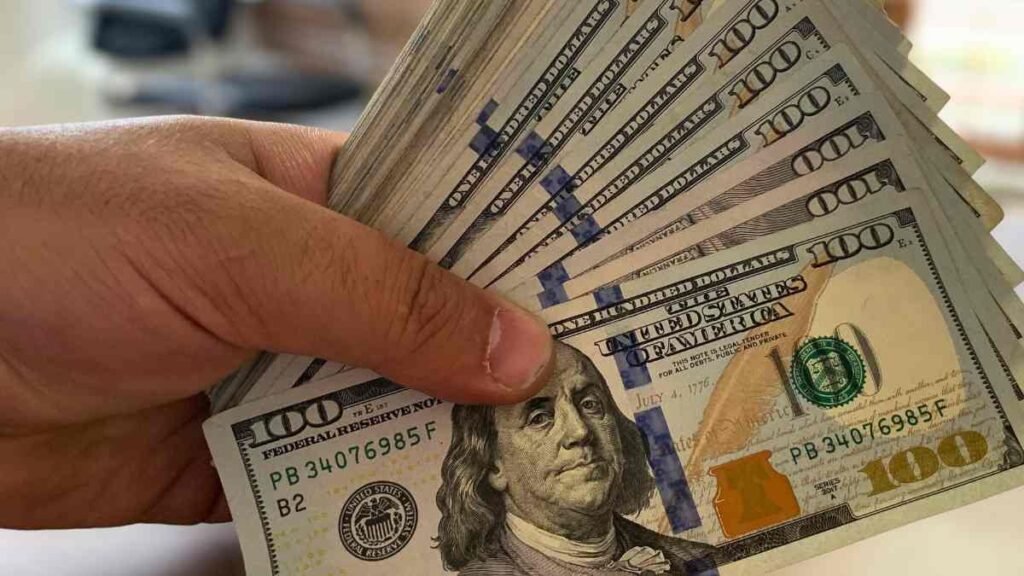The Alaska Permanent Fund Stimulus Dividend (PFD) is a unique and meaningful program that touches thousands of lives across the state. Let’s dive in and explore this year’s $1,702 payment with all the background, who qualifies, how to apply, and helpful tips to make sure your application goes through without a hitch.
What Is the Alaska Permanent Fund Dividend?
Back in 1976, alongside founding the Alaska Permanent Fund—a trust fueled by oil revenues—the state created the PFD program. Every year, Alaskans receive a share of oil wealth as a direct payment. Essentially, it’s public profit-sharing from the state’s natural resources.
The fund itself grows by investing a portion of oil revenue, and about 5% of its market value is then distributed as the PFD. For 2025, that amount is $1,702, divided into:
- $1,403.83 base dividend
- $298.17 one-time energy relief bonus
That boost helps offset the winter heating and utility expenses that rise every year.
Quick Overvie
Here’s a snapshot of this year’s PFD details:
- 2025 PFD Amount: $1,702
- Who’s Eligible: Alaskan residents from 2024 without felony convictions, clean legal record, and who file on time
- Apply Between: February 1 – April 30, 2025
- Major Payment Date: May 5, 2025
- How to Apply: Online via myAlaska or with a paper form
- Tax Info: Federally taxable (reported on IRS Form 1040), but no state income tax
Application Timeline & Payment Schedul

The application window is open from February 1 to April 30, 2025. Don’t risk a late submission—applications after March 31 may be disqualified.
Once approved, you’ll receive your payment:
- Main Payout (2025): May 5
- Additional Payments (if needed):
- April 17 for late but approved 2024 claims
- May 15 for newly approved filings by May 7
- June 18 for approvals up to June 11
If you chose direct deposit, funds hit your account faster than paper checks, which can take longer depending on postal service.
Who Qualifies for the PFD?
To get the 2025 PFD, you must meet the following:
- Alaska Residency All of 2024
- Have no felony convictions or multiple misdemeanors in 2024
- Be physically present in the state for at least 72 consecutive hours during 2023–2024
- Intend to live in Alaska permanently
- File your application by April 30, 2025
If you traveled or were away longer than 180 days, don’t worry—you may still qualify if your reason falls within allowed exceptions like:
- Medical treatment
- Full-time education
- Military service
- Other approved circumstances
That two-week work training trip to the Lower 48? You’re still good. Just document it properly.
Applying for $1,702: A Step-by-Step
Here’s how to make the process smooth and hassle-free:
- Visit pfd.alaska.gov and click the application link
- Log in or create your myAlaska account
- Gather paperwork: ID, proof of residency, travel documents if you were away, and banking info
- Complete the form: Fill in your personal details carefully
- Choose your payment method: Direct deposit is faster, but paper checks are available
- Submit on time—before April 30!
Need a paper form? Visit any local office or request it online. Send your completed form back early enough to avoid postal delays.
Common Application Pitfalls to Avoid
- Missing the Deadline: After March 31, even a few days late may lead to denial
- Outdated Bank Details: Enter fresh account info to avoid delays
- Incomplete Travel Documentation: Report long absences clearly to avoid ineligibility
- Name or Address Mismatch: Ensure your application matches your official ID exactly
- Remember: You must file every year—even if the PFD looks automatic.
Taxes: What You Need to Know
- Federal: The PFD is taxable federally and should be reported on your 2025 IRS Form 1040 as Other Income
- State: Alaska does not levy income tax, so you’re not taxed at the state level
Make sure to save your PFD notice—your tax preparer will appreciate having it on hand.
What About Families?
Each individual qualifies based on personal eligibility, including dependent children. That means each child can receive their own PFD check—but they must file their own applications.
If you’re the parent, consider helping your kids (especially teenagers) complete their forms.
Real-life Scenarios
- Martha (age 68): Retires in April 2024, spends a few weeks visiting her adult son in California. Her trip is well-documented, so she still qualifies and submits her PFD on February 1. She receives her $1,702 check via direct deposit in early May.
- The Henderson Family: Three kids—all under 18—each submit applications. All clear the residency and criminal history checks. By June, the family receives four separate PFD payments, providing a comfortable summer cushion.
Why the PFD Still Matters

- Financial stability: The $1,702 dividend makes a real difference for housing costs, school supplies, or winter heating bills
- Shared resource: Helps ensure oil wealth benefits every Alaskan
- Emergency funds: Many families or individuals save their PFD for unexpected expenses
Top PFD Reminders
- Mark your calendar: February 1 – April 30
- Gather documents early—ID, proof of residency, travel records, and up-to-date banking info
- Apply online for speed and confirmation
- File annually—don’t assume past receipt means future payments
- Track your direct deposit or watch for the paper check
Conclusion
The Alaska Permanent Fund Dividend is far more than just a check—it’s a meaningful connection between the state’s shared resources and your personal well-being. The $1,702 payment this year includes a base amount and an energy relief boost, helping families and individuals across Alaska manage their expenses.
If you’re ready to apply, set aside some time to complete your application properly. With preparation and attention to the guidelines, you’ll avoid common issues and receive your payment on time. And remember: the PFD isn’t just money—it’s a promise from Alaska to its residents, year after year.
FAQs
1. What is the $1,702 stimulus payment?
It is a one-time federal relief payment aimed at supporting eligible individuals and families during economic challenges in July 2025.
2. Who is eligible for the $1,702 stimulus payment?
Eligibility is generally based on income level, tax filing status, and residency. Low- to middle-income individuals and families who filed taxes in 2023–2024 may qualify.
3. When will the payment be sent out?
Payments are scheduled to be deposited in phases starting from early July 2025. Exact dates may vary based on bank processing and direct deposit vs. mailed check.
4. How will I receive the payment?
Most recipients will get it via direct deposit to the bank account linked to their latest tax return. Others will receive paper checks or debit cards by mail.
5. Do I need to apply for the payment?
No application is required if you’ve already filed taxes. The IRS will automatically process payments for eligible individuals.


